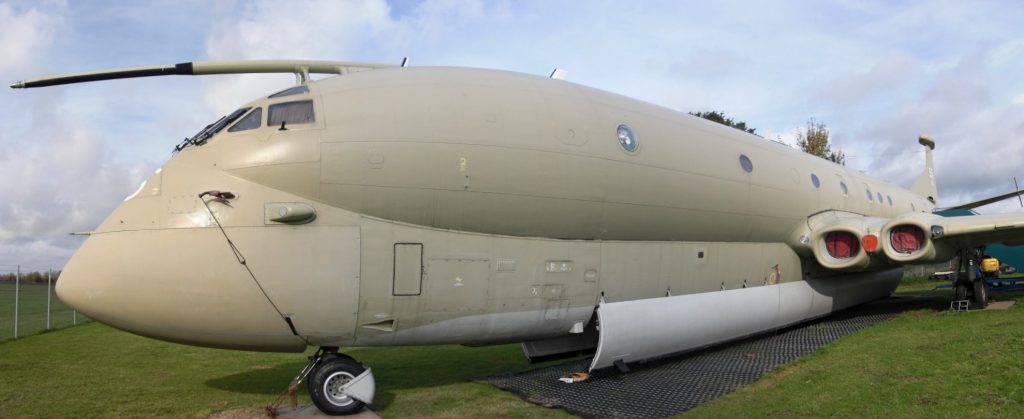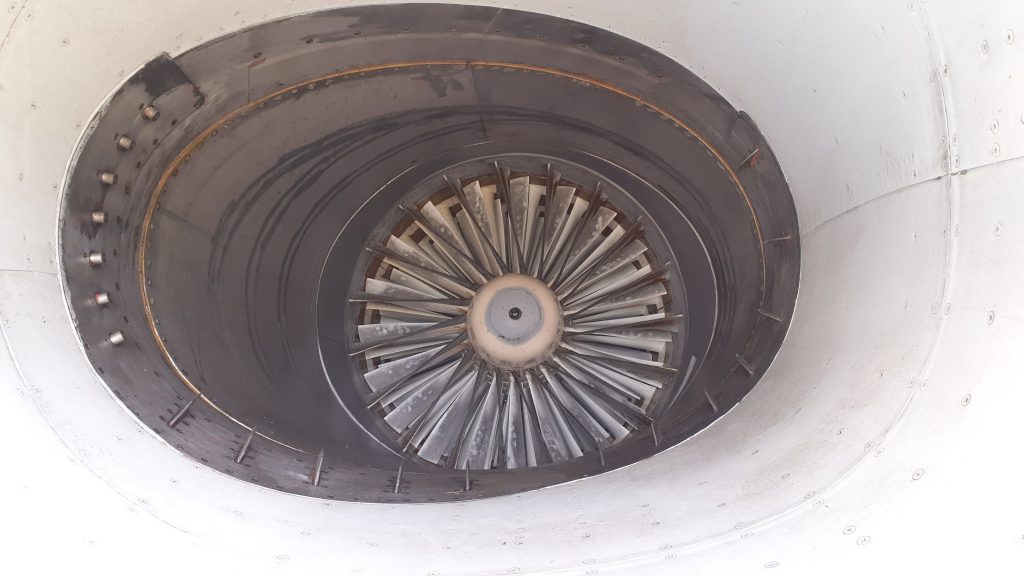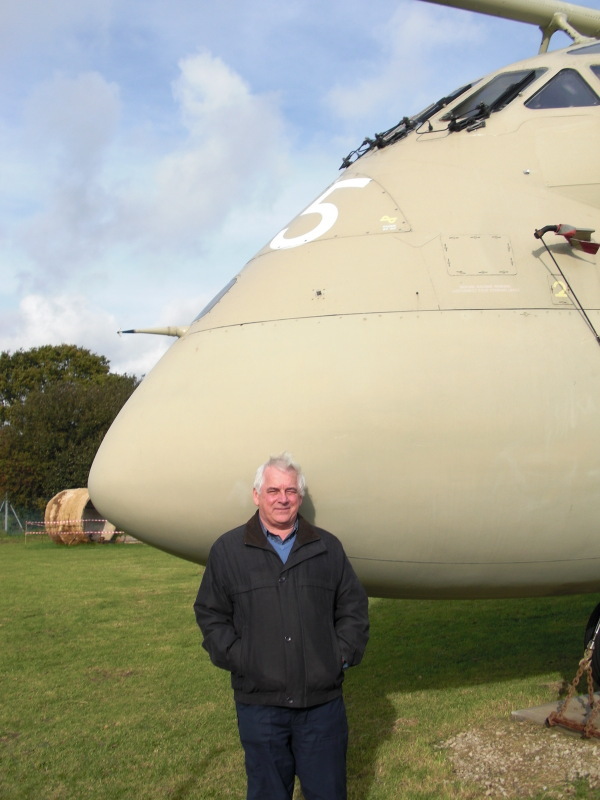By MEng Ian Harvey
This article was brought about by reading the latest, 41st issue, Weather Eye magazine. It referred to a UK pressure record breaking pressure of 1050hpa on 20/1/2020. This led me to remember quite the opposite, though not strictly over the UK.
I was a crew member of a Royal Air Force Nimrod Mk 2 Aircraft, XV254, on the 22 March 1983, the sortie was a training one to find and track a submarine.
The preflight briefing took place in the Kinloss Operations Centre, I seem to recall about 2100 on a Tuesday evening. It was, of course, dark, I think the Nimrod was afraid of daylight!
It started with a Met briefing from the station Meterological Office, the presenter started with the words which still haunt me to this day………..”Well Chaps, I am glad I’m not joining you tonight, the area you are operating in has an ambient pressure of 935 mB!”
I then left to prepare the aircraft, I was the Flight Engineer so more involved in getting it ready for flight, than the mission briefing.

We got airborne, probably circa 2300hrs and transited to the operational area, a designated area in the centre (ish) of the Iceland/Faroes Gap. This would have been done at max altitude before descending to anywhere between 250 and 1000ft agl once in the area.
This proved the Met man absolutely correct! The weather was horrendous, severe turbulence, intermittent icing.
The Nimrod can shut down one or both of its outboard engines, depending on total aircraft weight, to conserve fuel. In true fashion, the LH outboard, No 1 engine was shut down in the descent. Standard Operating Procedures dictated that in the event of an ice warning, any windmilling engines, such as our No 1 now was, had to be relit, then shut down again after the ice warning cleared, if it did.

Within minutes of entering our designated area, we got an ice warning. The ice detector was a very clever device. It is aerofoil shaped and comprises a motor driven rotor just a millimeter or so from the trailing edge of the aerofoil shape. This is also a knife blade. When ice builds up on the rotor, it is removed by the blade. This, however, causes an increase of torque in the drive motor, this then makes contact with a microswitch within the device. A very well proven and reliable instrument, to be safe there are two, one each side of the nose.
We therefore re-lit No1 , and left it at idle as per SOP. This cycle of ice warnings continued, I have no written record, but we probably shut it down and re-lit it 6 or 7 times. The horrendous weather conditions continued unabated.
We were dropping sonobuoys to track the submarine, it was estimated that about half of these failed due to icing after leaving the aircraft and before landing in the sea.
It is also of note that on such an exercise it was vital for us not to be detected by the submarine, therefore all emitting devices were switched off. This included the radar altimeter. This is a downwards facing radar which reflects its signal off the sea surface and measures the height above the surface. Clearly in a rapid changing weather system such as we were in, this would have been a very useful asset, the pressure altimeters being next to useless in terms of accuracy in a rapidly changing pressure environment.

This continued for some time until we were struck by lightning!. This then involved lighting all 4 engines and climbing to a safe height (1000ft) so I could leave the flight deck to “inspect” the airframe for any damage caused. This was less than practical for 2 reasons, it was black dark, and even in daylight you can see less than 20% of the aircraft from the available windows.
The decision was made to continue the sortie as planned, so, once I was strapped back in on the flight deck, we descended again and shut down both of the outboard engines as the aircraft was now light enough to do so.
The weather continued unabated, we re-lit and shut down the outboards several times in the next hour or so, always due to ice warnings.

Then (and thankfully in my case!) we got struck by lightning again! This caused several things to happen at once. The No3 generator, remember that engine is still running, control panel blew out (prob due to EMP) and caused some minor smoke in the cabin. In the event of the aircraft only running on one generator (as we now were) a big red light in front of the co-pilot illuminates warning we are now on a single generator. Simultaneously and, prob due to EMP from the lightning, all 8 engine fire extinguishers discharged, putting all 8 “fired” indicators to red.

I leaned forward and re-lit the outboards, as soon as they were at idle we increased to climb power and climbed out of the area, much to my great relief I have to say!
We got safely home, thankfully without an engine fire (a rare occurrence anyway) and landed at Kinloss some 6 hours after departure.
Soon after my wife and I bought a combined xmas present of a recording barograph, it is still working perfectly and takes pride of place on our mantle piece still.
Ian Harvey
15/11/2020


